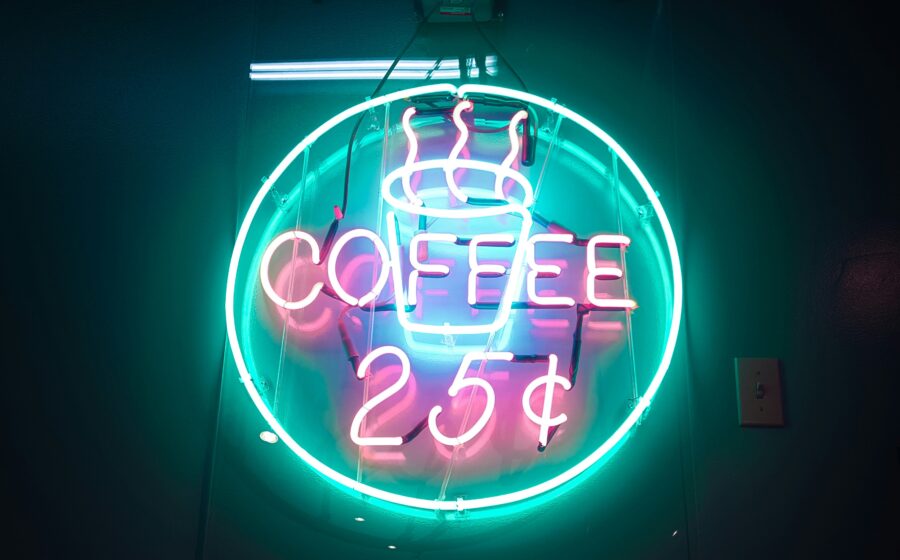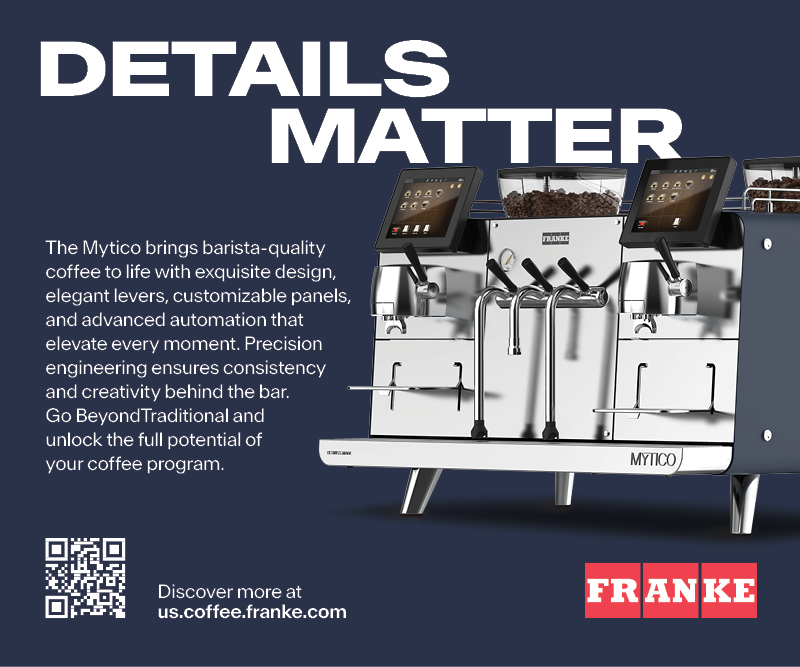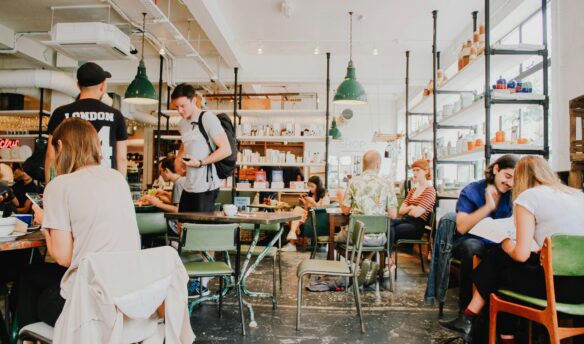✉️ This story was featured in this week’s Coffee News Club
👋 Get the Coffee News Club newsletter in your inbox weekly—sign up.
Retail coffee prices at supermarkets in the United States rose 21% in August compared to the same month last year, representing the sharpest price rise since the late 1990s, according to data from the U.S. Bureau of Labor Statistics.
The increase is primarily due to the series of tariffs put in place by President Donald Trump on almost all U.S. trading partners, Susannah Savage and Gregory Meyer report for the Financial Times.
A significant factor in price hikes is the substantial tariffs placed on Brazil, the primary source of coffee for U.S. roasters. Coffee shipments from Brazil—subject to a 50% tariff—have dropped by half since the start of the year.
Because of the steep tariffs, many roasters and importers have paused buying coffee from the country. According to Thijs Geijer, a senior economist at the multinational bank ING, there are still stockpiles of Brazilian coffee in the U.S., but those will eventually run out. “There’s going to have to be additional shipments again, but the question is: where will they be coming from?” Geijer said.
One option is Colombia, where U.S. buyer interest is increasing, according to NPR. There is also hope that coffee might be exempted from tariffs, something that Commerce Secretary Howard Lutnick hinted at in early August. Late last week, the White House released a new executive order that exempted certain products that can’t be produced in the U.S., including coffee, but only if the exporting countries agree to new trade deals.
Brazil’s exports to the U.S. may have dropped, but they have surged elsewhere. In August, Germany overtook the United States to become the biggest importer of Brazilian coffee, while exports to Mexico and Colombia also increased.
Read more on the latest tariff news from the Financial Times here.









